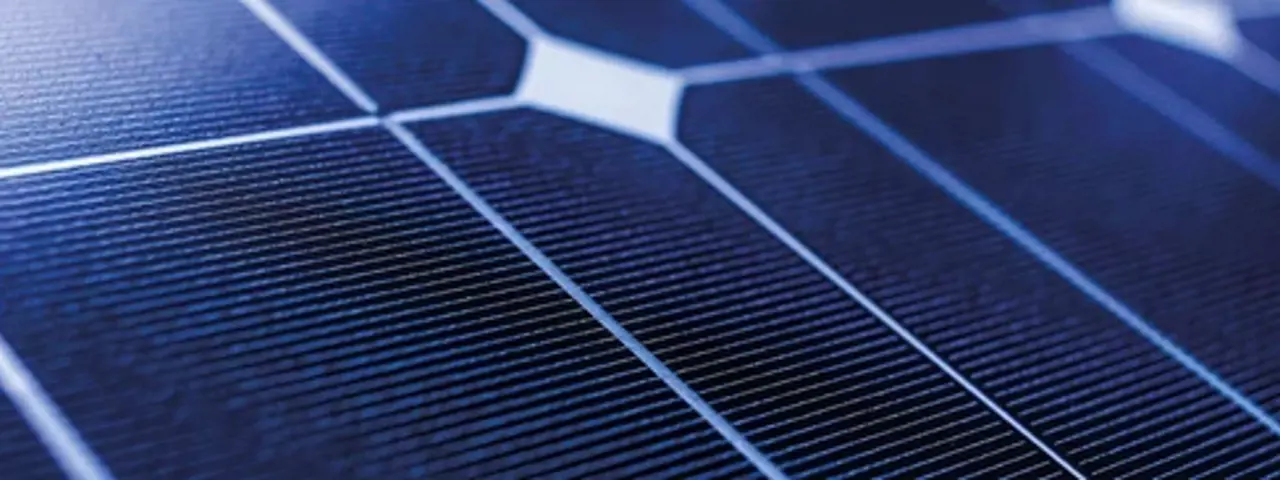Morgan Advanced Materials

Pursuing carbon neutral operations by 2050
We are committed to decreasing our carbon emissions and lowering our energy consumption. Our targets were validated as science-based (SBTi) targets in 2023 and are aligned with the below 2°C ambition for our scope 1 and 2 commitment.
63% of our manufacturing footprint (38 out of 60 sites in 2024) is certified to ISO14001 environmental management system standard, resulting in more efficient use of resources and reduction of waste. This demonstrates our commitment to continuous improvement and meeting the expectations of our customers.
Energy performance in 2024
Our scope 1 and 2 greenhouse gas (GHG) emissions come from our manufacturing operations and represent the part of our footprint that we can directly influence – by changing the way we use energy in our facilities.
- Scope 1 GHG emissions (tCO2e) from stationary fuel combustion were 109,071 tonnes and scope 1 GHG emissions (tCO2e) from process and mobile emissions were 1,940 tonnes (of which process emissions were 1,693 tonnes). For 2024, total scope 1 GHG emissions (tCO2e) was 111,011 tonnes, which is a 0.4% increase over 2023 values and 46% decrease over 2015 value.
- Market-based scope 2 GHG emissions (tCO2e)1 were 41,860 tonnes, which is a 11% decrease over 2023 values and 69% decrease over 2015 values. Our GHG emissions, such as carbon dioxide (CO2), are mostly generated by the combustion of fossil fuels at various stages of our manufacturing processes. We track these using a reporting methodology based on Department for Environment, Food and Rural Affairs (DEFRA), which is applied globally (2024 Version 1, published 10th June 2024).
1. The scope 2 emissions figure was calculated using the market-based methodology. The location-based figure for the same period is 149,972 tCO2e.
We reduced scope 1 and 2 emissions by 3% during 2024 and are now 55% below our 2015 baseline.
Our decarbonisation roadmap
We continue to improve the efficiency of our gas-fired kilns and move to electrically fired options for some kiln types, where feasible. For further information on our path to net zero, please see our full Task Force on Climate-Related Financial Disclosures report.